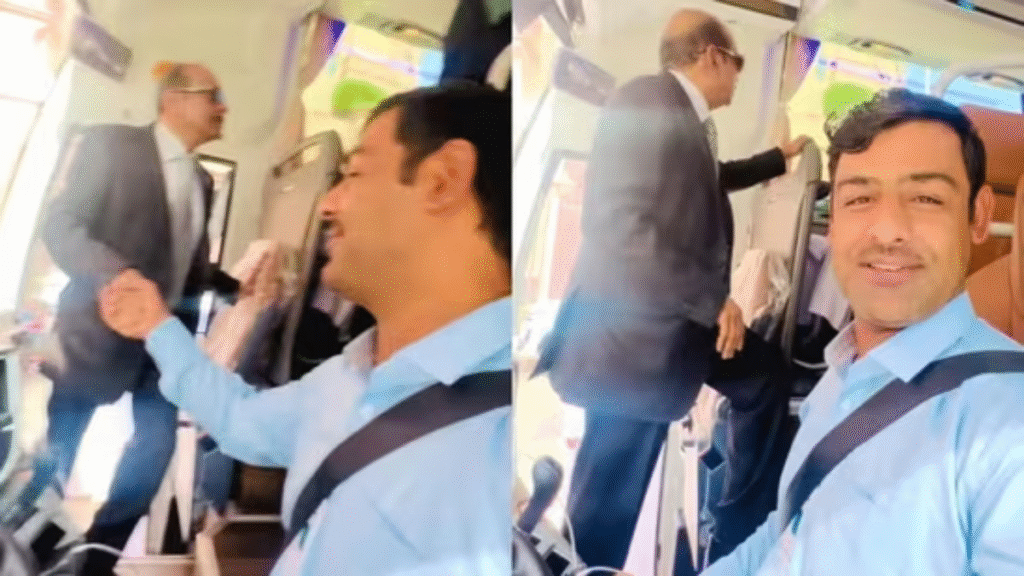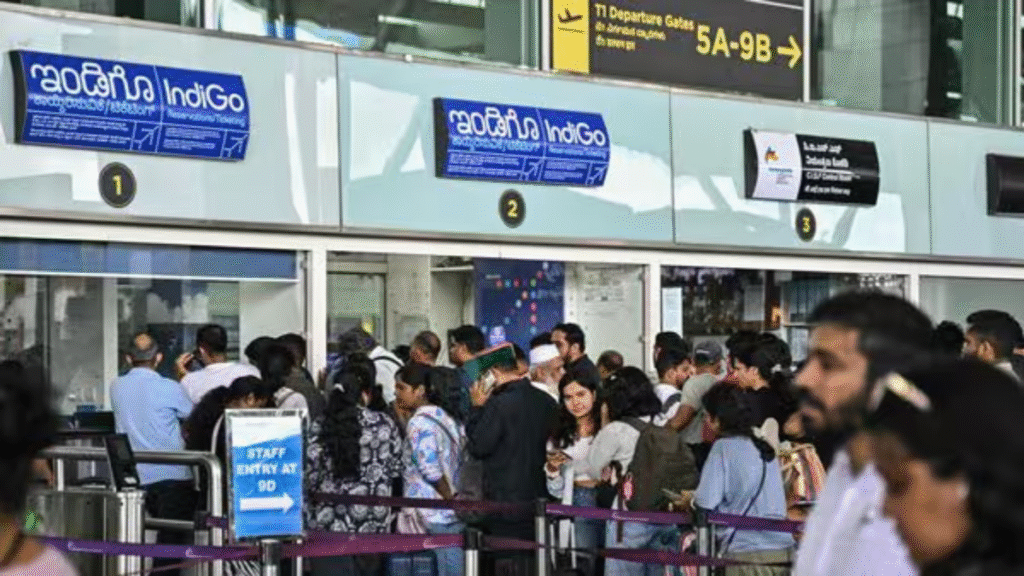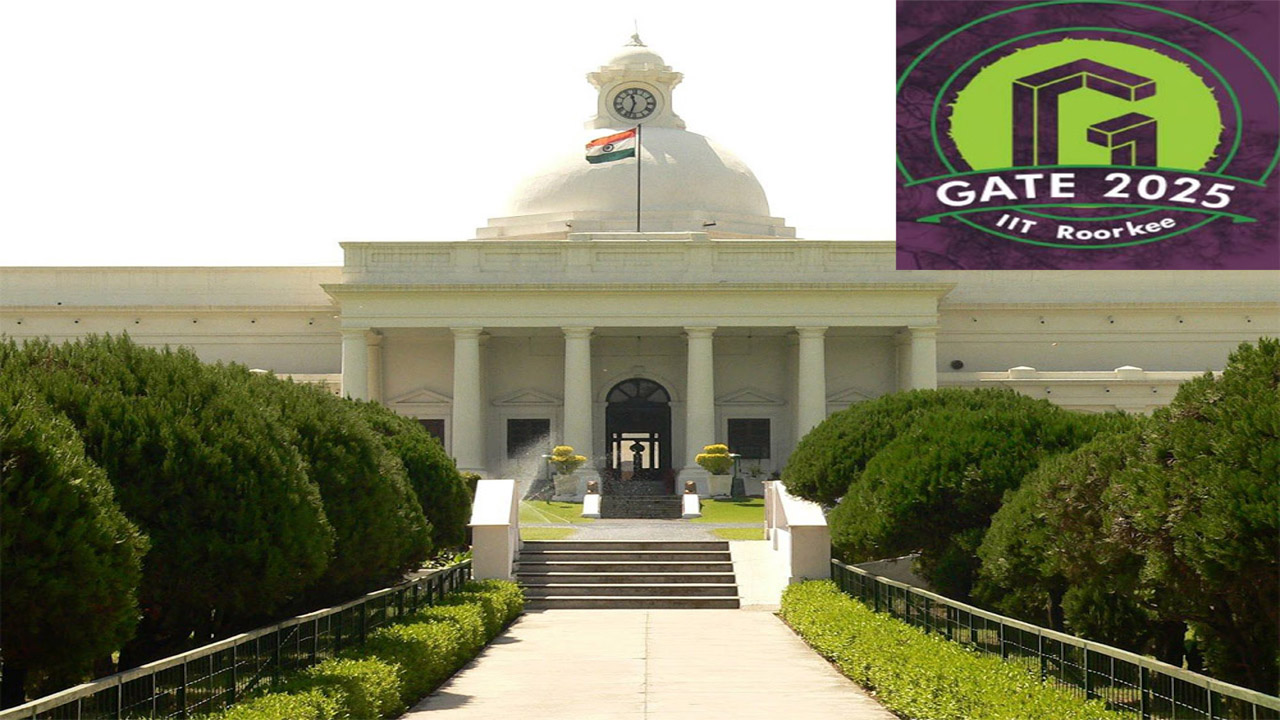Now Reading: Maha Kumbh Traffic Woes: ‘No Vehicle Zone’ Declared Ahead of Maghi Purnima Snan After Massive Jam
-
01
Maha Kumbh Traffic Woes: ‘No Vehicle Zone’ Declared Ahead of Maghi Purnima Snan After Massive Jam
Maha Kumbh Traffic Woes: ‘No Vehicle Zone’ Declared Ahead of Maghi Purnima Snan After Massive Jam

Prayagraj, Uttar Pradesh – Anticipation for the auspicious Maghi Purnima Snan at the Maha Kumbh has been tempered by a recent traffic crisis, prompting authorities to declare a complete “no vehicle zone” within the mela area. This drastic measure follows a massive traffic jam on Monday that left countless pilgrims stranded for hours, with some reported delays stretching over 300 kilometers. The move aims to prevent a repeat of the chaos and ensure smoother movement for the millions expected to participate in the holy dip.
The 49-day Maha Kumbh, which began on January 13th, has already drawn an estimated 400 million devotees to the Sangam, the confluence of the Ganges, Yamuna, and Saraswati rivers. However, the sheer volume of pilgrims has strained the city’s infrastructure to its breaking point, resulting in severe congestion and logistical nightmares.
“The unprecedented number of attendees has placed immense pressure on Prayagraj’s infrastructure,” explained a senior traffic official. “While we have implemented traffic management plans, the sheer scale of the gathering has made delays unavoidable. This isn’t a matter of mismanagement, but rather a consequence of the immense popularity of the Kumbh.”
The “no vehicle zone” will be enforced from 5 PM on February 11th until the conclusion of the Maghi Purnima Snan on February 12th. During this period, all vehicular traffic will be prohibited within the mela area. Restrictions will also apply to vehicles within Prayagraj itself. Pilgrims arriving from outside the city will be directed to designated parking areas along specified routes and will have to reach the Sangam on foot or via shuttle buses.
The decision has elicited mixed reactions from pilgrims. While many acknowledge the necessity of such measures to manage the immense crowds and facilitate a peaceful bathing experience, others have expressed concerns about the potential inconvenience, particularly for elderly devotees.
“I understand the need for order, but walking such long distances will be incredibly challenging for someone my age,” said Ramkali Devi, a 75-year-old pilgrim from Bihar. “I’ve traveled far for this holy dip, and I worry about how I’ll manage.”
Recognizing these concerns, authorities have implemented several measures to mitigate the inconvenience. Additional shuttle buses have been deployed to transport pilgrims to and from the Sangam, and temporary rest areas have been established along designated routes. Volunteers have also been mobilized to assist pilgrims, especially the elderly, disabled, and families with young children.
“We are aware of the challenges this ‘no vehicle zone’ presents, and we are working tirelessly to ensure the comfort and safety of all pilgrims,” stated a mela official. “We have increased the frequency of shuttle buses, set up help desks at parking areas, and deployed volunteers to provide assistance wherever needed.”
Maghi Purnima is one of the most significant bathing days of the Maha Kumbh, and an even larger influx of devotees is expected. In addition to traffic restrictions, security has been significantly enhanced. A large contingent of police personnel has been deployed to maintain law and order and ensure the safety of pilgrims. CCTV cameras and drone surveillance are also being utilized to monitor the crowds and identify any potential security threats.
“We are anticipating a massive turnout for Maghi Purnima, and we have implemented a comprehensive security plan,” affirmed a senior police officer. “Our priority is to ensure a safe and peaceful environment for all pilgrims.”
The Maha Kumbh, held every 12 years in Prayagraj, is one of the world’s largest religious gatherings. It draws millions of pilgrims from across the globe who come to bathe in the Sangam and participate in various religious rituals. Beyond its religious significance, the Maha Kumbh is also a vibrant cultural spectacle, showcasing India’s rich traditions and heritage.
While the “no vehicle zone” is a temporary solution for the immediate traffic crisis surrounding Maghi Purnima, it underscores the broader challenges of managing such a massive influx of people. Experts have emphasized the need for better long-term planning and infrastructure development to ensure a smooth and hassle-free experience for pilgrims in future Kumbh Melas.
“The Kumbh Mela is a monumental undertaking, and it requires meticulous planning and robust infrastructure,” commented a urban planning expert. “Investing in improved roads, parking facilities, public transportation, and crowd management systems is crucial for the long-term success of the event.”
Despite the challenges, the Maha Kumbh remains a deeply significant event for millions of Hindus, and Maghi Purnima is a particularly auspicious occasion. The “no vehicle zone” is a necessary step to manage the immense crowds and facilitate a safe and fulfilling pilgrimage experience. Authorities remain hopeful that these measures will alleviate the traffic woes and allow devotees to participate in the holy dip without undue hardship.










